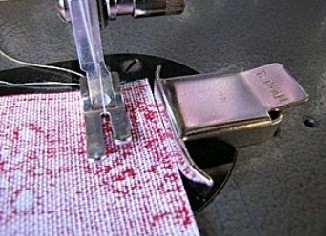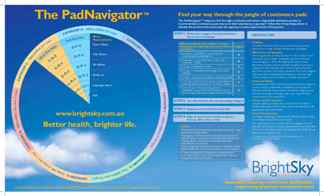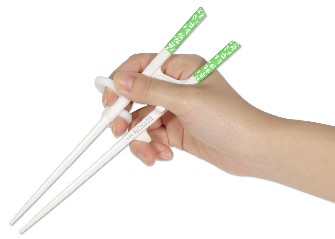Short Description
Printers produce a paper copy of a document created on a computer.
There are various methods of transferring text onto the paper including thermal printing which requires a special kind of paper; ink jet printers which spray a fine mist of ink onto the paper, and laser printers which use a dry powder ink, in combination with heat to set the type onto the page.
More Details
Quality of printing is measured in resolution (dpi or dots per square inch), as well as speed of printing. The higher the resolution the better the quality of the print. The resolution a printer is capable of must be balanced with the type of document being produced. For example, a very high resolution printer is capable of printing photo quality pictures, whilst a medium resolution is all that is required for printing text. Printers are usually capable of colour printing as well as black only printing.
FEATURES TO CONSIDER:
. Physical dimensions/amount of desk space required
. Portability/ease of moving the printer between locations
. Size and type of paper required
. Resolution/print quality
. Speed of printing
. Number of pages printed per ink cartridge
. Locations of control buttons
. Mechanism for loading paper
. Mechanism for changing ink cartridges
. Compatibility with Macintosh or IBM/PC
. Mode of data transfer for example, via a cable, or via an infra red link
When purchasing a printer firstly determine what are the major tasks that you want to complete, for example, mainly text, building plans, works of art. This information will guide your decisions about the quality of the printing required, and also the speed of printing required, and other features. Enquire about the warranty period and the costs associated with the printer such as replacement ink cartridges. Many of the printer companies have Web sites on the internet, and also customer support lines which will help you decide what features are important.
This information has been prepared by the COMPUTER ASSISTIVE TECHNOLOGY SERVICE (Div. of Northcott).


 subscribers
subscribers 






